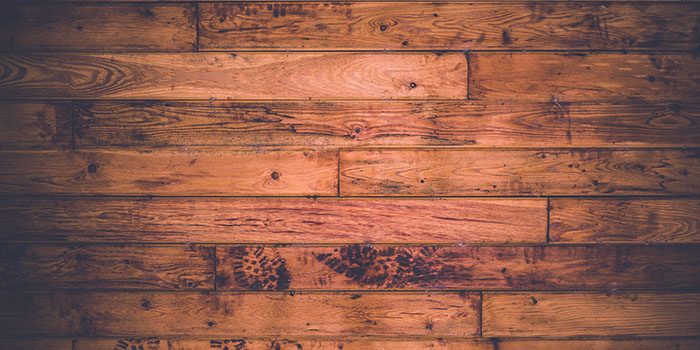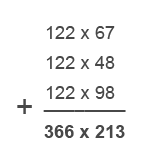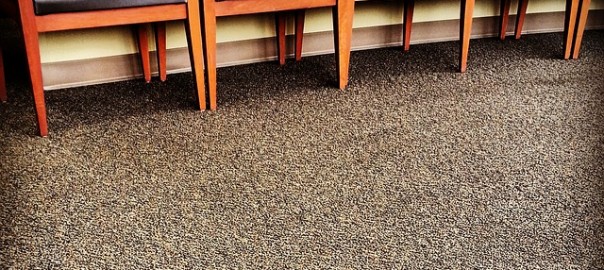No matter what type of flooring you’re looking for in your New York City home, Lane Sales has got you covered. Whether it’s your chic Manhattan penthouse, your cozy Brooklyn brownstone, or your Queens studio, we’ve got the right flooring to fit your needs.
Modern Manhattan
Manhattan is one of the trendiest cities in the world, and the field of interior design has certainly been influenced by its modernity and minimalism. Current fashion seems to be to scale down and build up, meaning less furniture and more space. Carpeting is always a viable option, but try our luxury vinyl tile to switch it up a bit. The elegant tile is totally in and creates an even greater sense of space within your apartment. Tile is also easier to clean than carpeting, making it an obvious choice for a large and open space like your Manhattan dream home.
Old-School Brooklyn
Brooklyn has a certain charm to it that you just can’t put your finger on, but walking down streets lined with trees and brownstones certainly has something to do with it. The soft city vibes of Brooklyn make it feel both lively and cozy, so the flooring of your home should give off that same feeling. Hardwood floors are timeless and classic, preserving the old-world feel of Brooklyn while maintaining charm and class. However an entire home of only hardwood could feel a little unnatural, and covering your hardwood with area rugs can do wonders for the coziness of your home. Luckily, Lane Sales can help you out with both and pick the perfect area rug to make your Brooklyn home feel the way that living in Brooklyn should.
Queens Up-and-Comers
New York City is an expensive place to live, and new parts of old boroughs are being flocked to everyday by young people trying to move to the best city on Earth. In recent years, neighborhoods like Long Island City and Astoria have really flourished and become popular among youth due to cheap rents and easy access to Manhattan, but what flooring is best for up-and-comers? When making a new start, it’s always important to feel like you’re coming back to your real home, and what says home like comfy carpeting? There’s nothing like coming home from work, kicking off your shoes, and running your toes through the carpeting that you could finally afford to buy for yourself in your beautiful new New York home.






